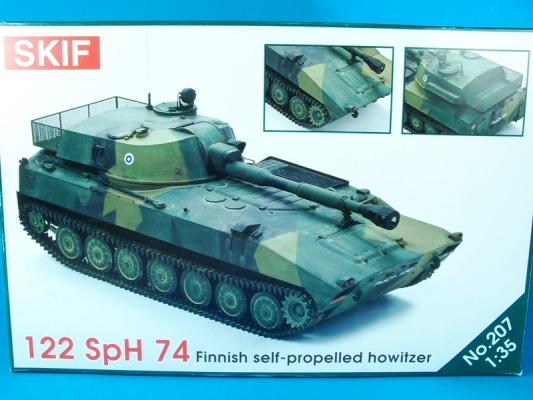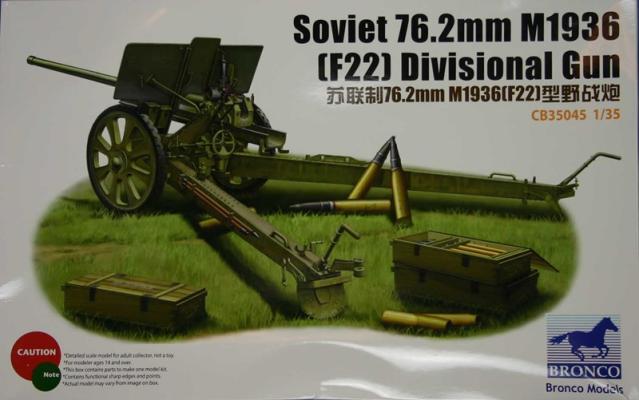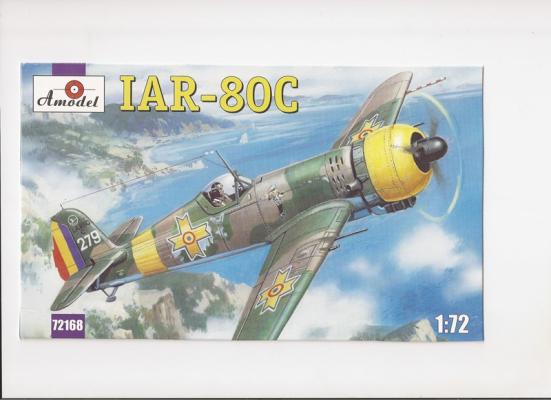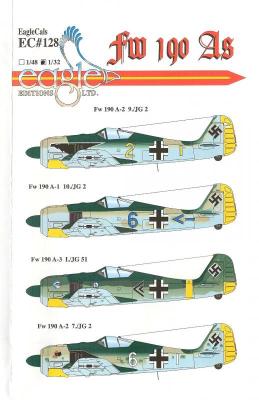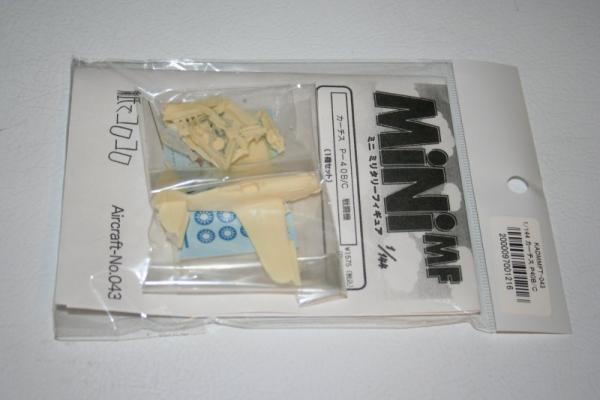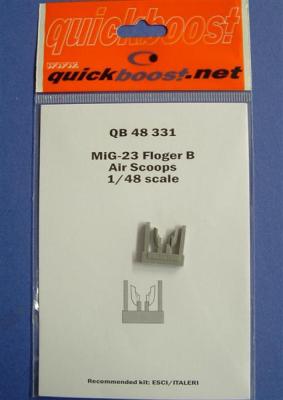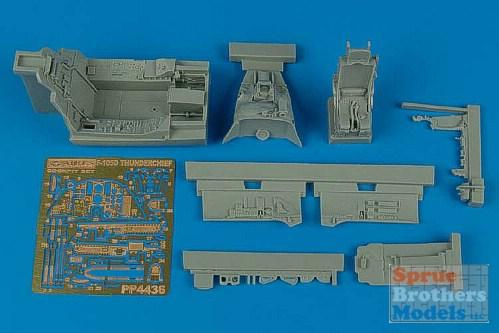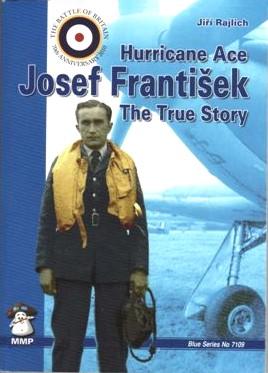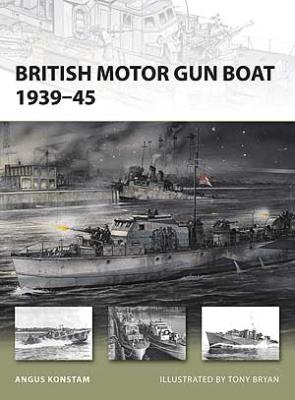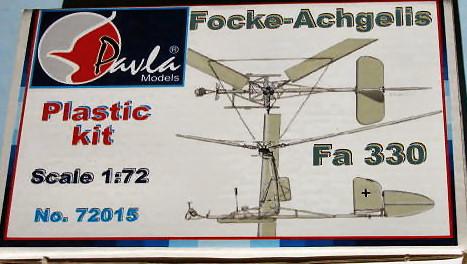First Look
The 122 SpH 74 is a tracked, medium sized self-propelled gun in service with the modern Finnish army. A Soviet design, the SpH 74 is the Finnish designation for essentially the 2S1 Gvozdika that has been around since the early 70’s.
Skif’s new release is a reissue of their earlier 2S1 with the inclusion of new parts to allow the modeler to build the version currently in operation by Finland. As far as I can tell the new parts are mainly in photo etch, with the original plastic parts unchanged. In fact more than a few parts will go unused as they are 2S1 specific and not present in photos of the 74 I’ve been able to dig up.

